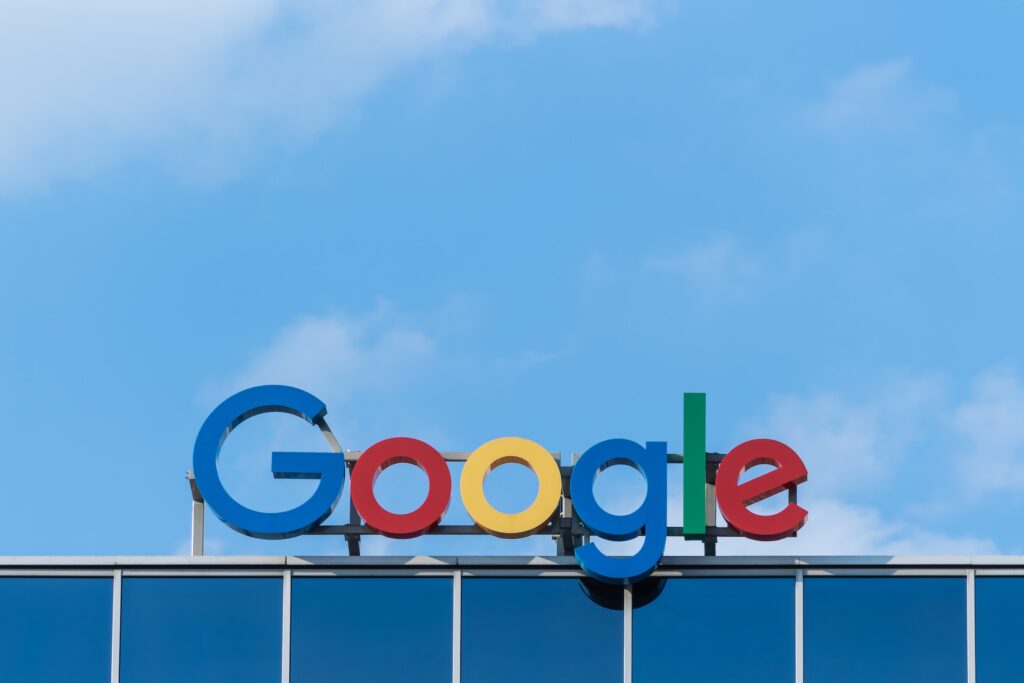Unpacking GA4’s attribution model changes
In the fast-paced world of digital marketing, staying on top of the latest shifts in the landscape is essential for success. One significant change this September was Google’s decision to bid farewell to some of the familiar attribution models in Google Analytics 4 (GA4). To understand how this may impact a brand’s measurement strategy, let’s dive into what these models were, the key changes, and how to plan moving forward.
Understanding attribution models
Before we delve into the changes, let’s quickly recap what attribution models are. Attribution models are methods used to assign credit to media engagements (“touchpoints”) along a customer’s journey, helping marketers understand which channels or interactions contributed most to conversions.
Pre-September 2023, GA4 had multiple types of attribution models available, each with their own benefits and drawbacks for analyzing the customer journey:
Cross-channel last-click

This model gives all the credit to the last non-direct interaction a user has with the brand or campaign.
- Benefits: This model is straightforward to set up and understand, making it accessible to marketers at all levels
- Drawbacks: As it focuses on only the last touchpoint in the user journey, it can lead to an incomplete understanding of how various channels contribute to conversions
Cross-channel first click

The inverse of last-click, this model gives all the credit to the first interaction a user has with the brand or campaign.
- Benefits: This model is valuable for understanding how your brand first captures a user’s attention and initiates their journey with the brand
- Drawbacks: It doesn’t account for the impact of subsequent interactions with the brand or campaign
Cross-channel linear

This model evenly distributes credit among all touchpoints in a user’s journey.
- Benefits: The even distribution of credit across all touchpoints ensures that the model is fair and balanced.
- Drawbacks: This balance comes at the cost of precision — it may oversell the importance of some touchpoints and undervalue the importance of others
Cross-channel position-based

Sometimes referred to as “u-shaped attribution,” this model gives a significant portion of the credit to the first and last touchpoints and distributes the rest among the middle interactions.
- Benefits: This model maintains the significance of the first and last touchpoints while still providing credit to mid-journey touchpoints
- Drawbacks: Deciphering the value of channels in the middle of the user journey can be more complex than other models
Cross-channel time decay

This model gives more credit to touchpoints that occur closer to the conversion event and less to those that occur further from the conversion event.
- Benefits: This model recognizes the logical influence of recency
- Drawbacks: In giving weight to recency, it may not always reflect the true user journey
Ads-preferred last-click

Unique to Google, this model gives all the credit to the last Google Ads channel that the customer clicked through before converting, such as paid search and YouTube; if there is no Google Ads click in the customer journey, the model falls back to “Cross-Channel Last-Click.”
- Benefits: This model is straightforward to implement for Google-specific tracking
- Drawbacks: It doesn’t provide insight into the role of organic or non-Google channels in conversions
Cross-channel data-driven

A dynamic attribution model that harnesses machine learning algorithms to distribute credit for each conversion based on the unique data from a brand’s GA4 account.
- Benefits: As this model adapts to the unique behavior of a brand’s audience, it can provide highly accurate insights
- Drawbacks: It relies on a substantial amount of data to generate those insights, making it potentially unsuitable for smaller businesses or newer campaigns
What’s changed?
As of September 2023, Google has done away with four attribution models in GA4, leaving marketers with cross-channel last-click, ads-preferred last-click, and cross-channel data-driven attribution to choose from in “Property Settings” and the model comparison and conversion path reports.
As users engage with brands across multiple channels and devices — and with third-party cookie deprecation right around the corner — Google elected to cut out cross-channel first-click, linear, position-based, and time decay attribution models as they don’t provide the flexibility required to adapt to increasingly complex user journeys.
Which model is the best model?
Google recommends using cross-channel data-driven attribution. Our experts do as well, with one caveat: because data-driven attribution analyzes user paths to support its algorithms, this attribution model may prove difficult for brands that are running new campaigns or have a small user base. Google does provide a data sharing option to supplement those properties whose data may be too limited to support this model, but the resulting insights will be partly derived from data outside of the marketer’s GA4 property and may not accurately reflect the brand’s unique user journeys.
If the brand is only starting out with attribution models or can’t support data-driven attribution just yet, cross-channel last-click attribution is a strong alternative. In fact, its emphasis on the immediate touchpoint prior to conversion enables marketers to analyze campaigns that are focused on quick conversions, encouraging users to take advantage of limited-time offers and flash sales. However, in a multi-device, multi-channel world, it’s important to remember that this model’s overemphasis on the last touchpoint may discredit other touchpoints that have played a more significant role in the user journey.
If you can’t decide between one or the other, then don’t! Google makes it simple to change attribution models, with changes applied to both historical and future data. The dynamic nature of digital marketing demands continuous optimization, and analyzing different attribution models may lead to valuable discoveries.
What about the other four models?
While some may argue that Google’s move to cut the other models from GA4 means they’ve lost relevance, we firmly believe they still have valuable applications depending on campaign objectives. For example, brands seeking to expand their customer base can better understand the effectiveness of their awareness efforts through first-click attribution. Similarly, those promoting an upcoming product release or event may find time-decay attribution to be a valuable analysis tool.
Regrettably, as these models are no longer available in GA4, brands must seek alternative avenues to leverage their capabilities. Although GA4 collects a wealth of data that can easily be connected to BigQuery, it’s crucial to acknowledge the complexities involved in establishing identity graphs, calculating attribution amounts, and creating meaningful visualizations for these models.
What marketers need to know
Reducing the available attribution models down from seven to three feels like a significant blow to marketers, but if brands set up their GA4 property after May 2023, it’s likely they were actually never given the option to use anything other than the remaining three models anyways. If marketers aren’t sure which way to look, our experts are able to identify which attribution models to use and when to use them, assist them in updating attribution models in platform, and make recommendations on attribution modeling tools that they should consider. Regardless, now is a great time to review the attribution settings of your property and confirm the selections still align with your marketing goals.




